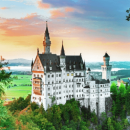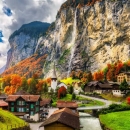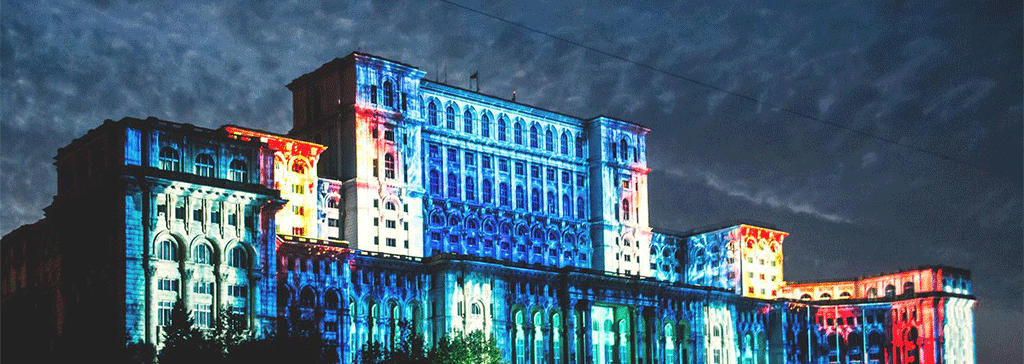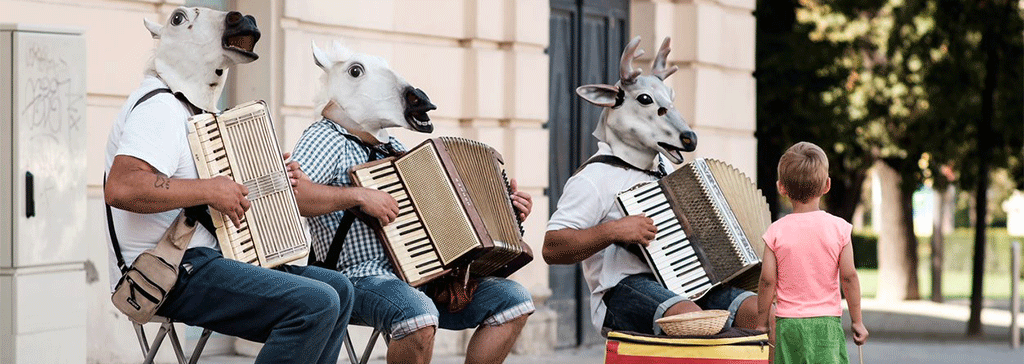
Local landmarks
12 unique buildings spotted in Europe
Late 2020 is a tricky time for the local spots of Europe's cities and those who enjoy visiting them. More than ever, planning ahead seems precarious - there’s always a nagging feeling that our favourite spots and highlights might not make it through these tough times. But at least we can be quite sure that the Old World’s buildings and architecture will still be there when we can travel again, no matter what. Get inspired for your next trip from these tips by locals about their favourite buildings and architectural landscapes, and go explore them with a Global Pass!
An inverse transmitter in Bratislava
The Slovak Radio building in Bratislava definitely has people split down the middle, as usually happens with such non-conformist architecture. Its upside-down, pyramidal shape has some presumably sensitive people refusing to work there even today. But you can take your chances and pay a visit - if you’re lucky, you may even catch one of the free orchestral concerts in the big hall, equipped with the biggest organ in Central Europe.
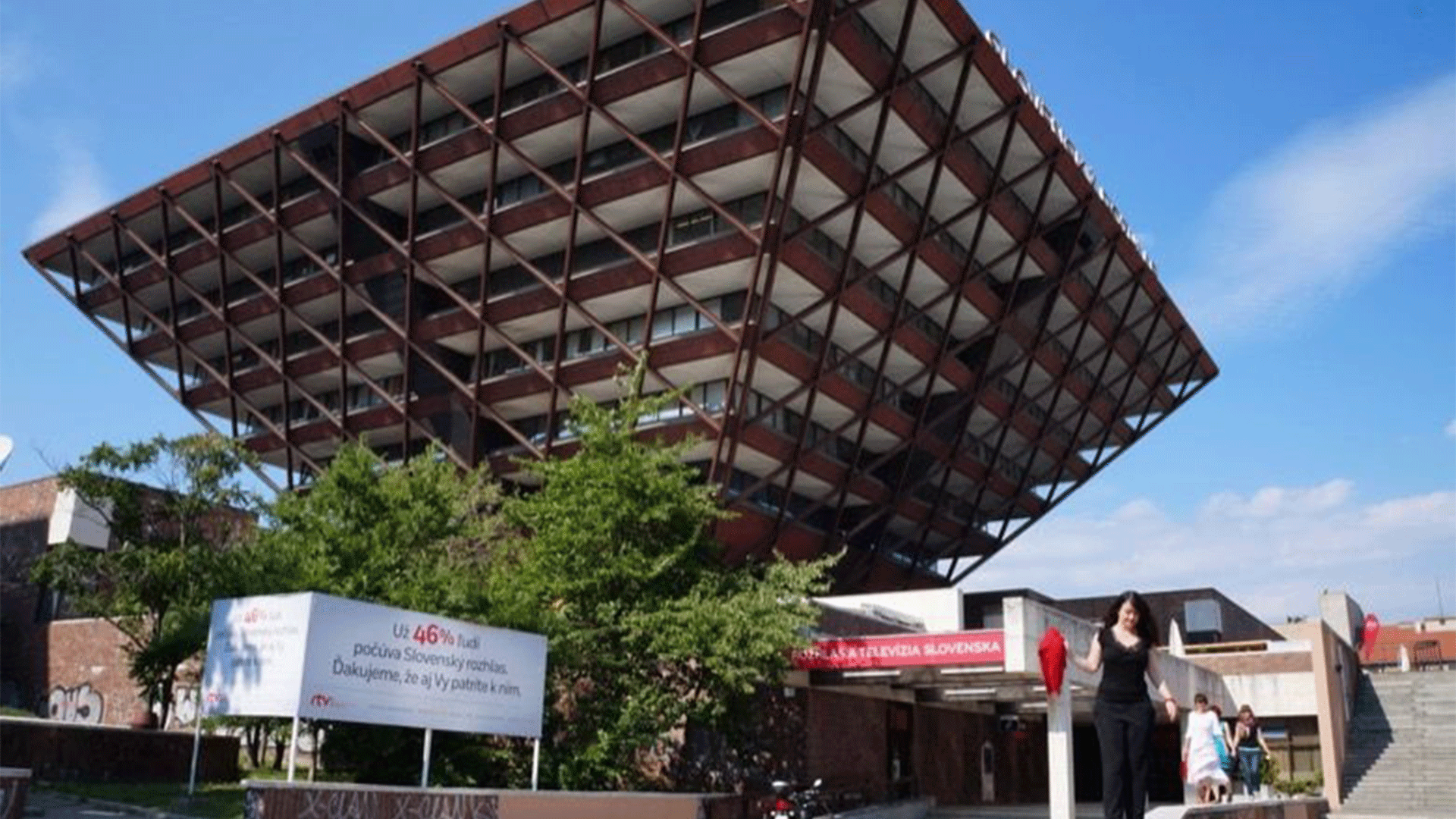
Modern cranes on Cologne’s riverside
One of Cologne’s latest (and, again,most divisive) gentrication projects took place in the old industrial docklands of Rheinauhafen. Vaguely crane-shaped, these modern residential buildings have retained strong aspects of this district’s past utilitarian visual identity. Although the neighbourhood's business vibe is not characteristic of most of the rest of the city, why not enjoy a walk through one of the Rhineland’s most prominent architectural highlights?
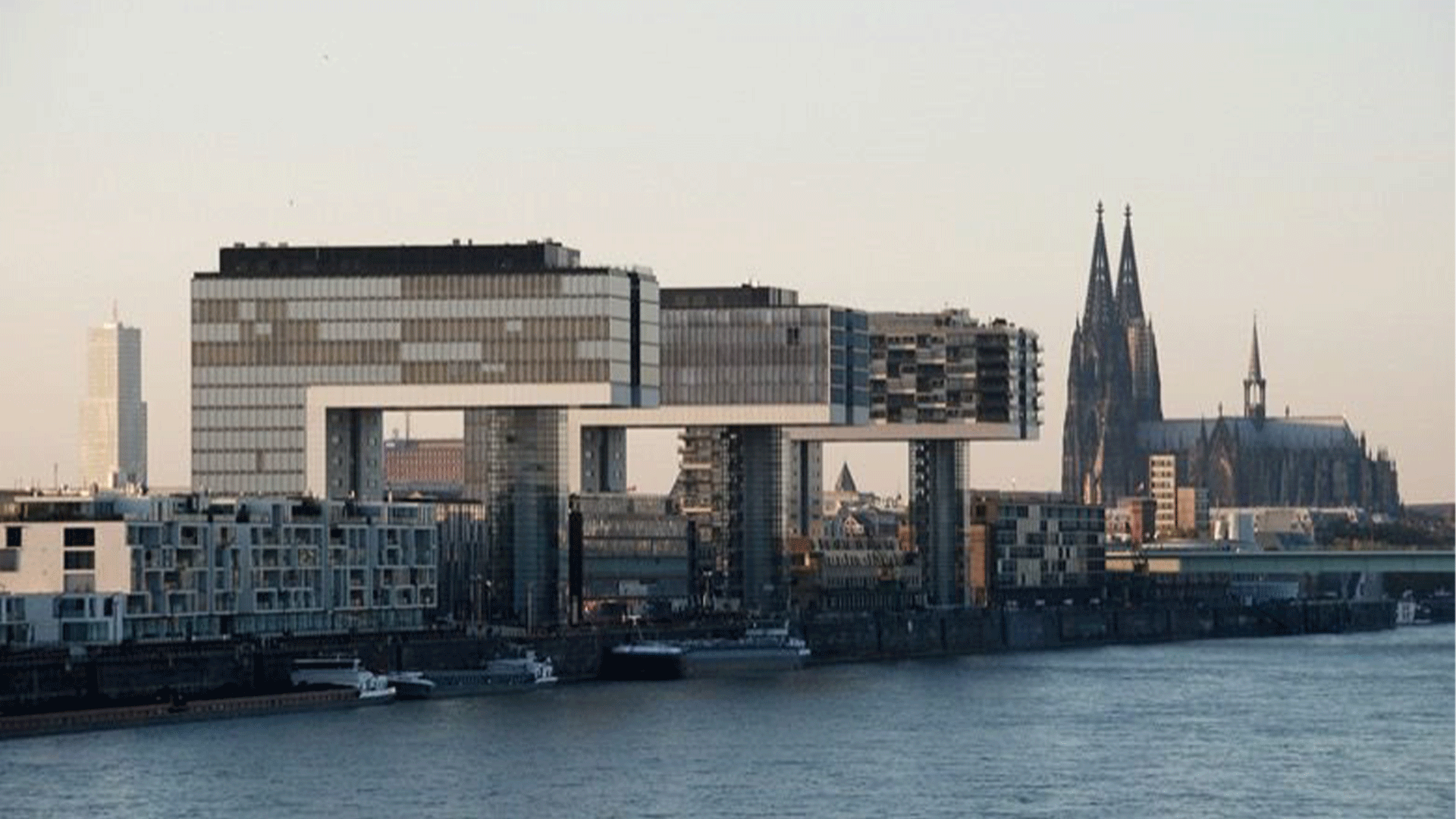
A temple of knowledge in Paris
Anyone older than 18 years of age can access the St. Genevieve Library in the Sorbonne University in Paris. “It is this mixture of ancient classical temple of wisdom, combined with the air of modernity brought by youngsters studying for their exams”, notes local Constan. It’s very little known amongst tourists,so you’ll probably be the only visitor there. But don’t feel as if you’re intruding, as there’s an area designed especially for guests.
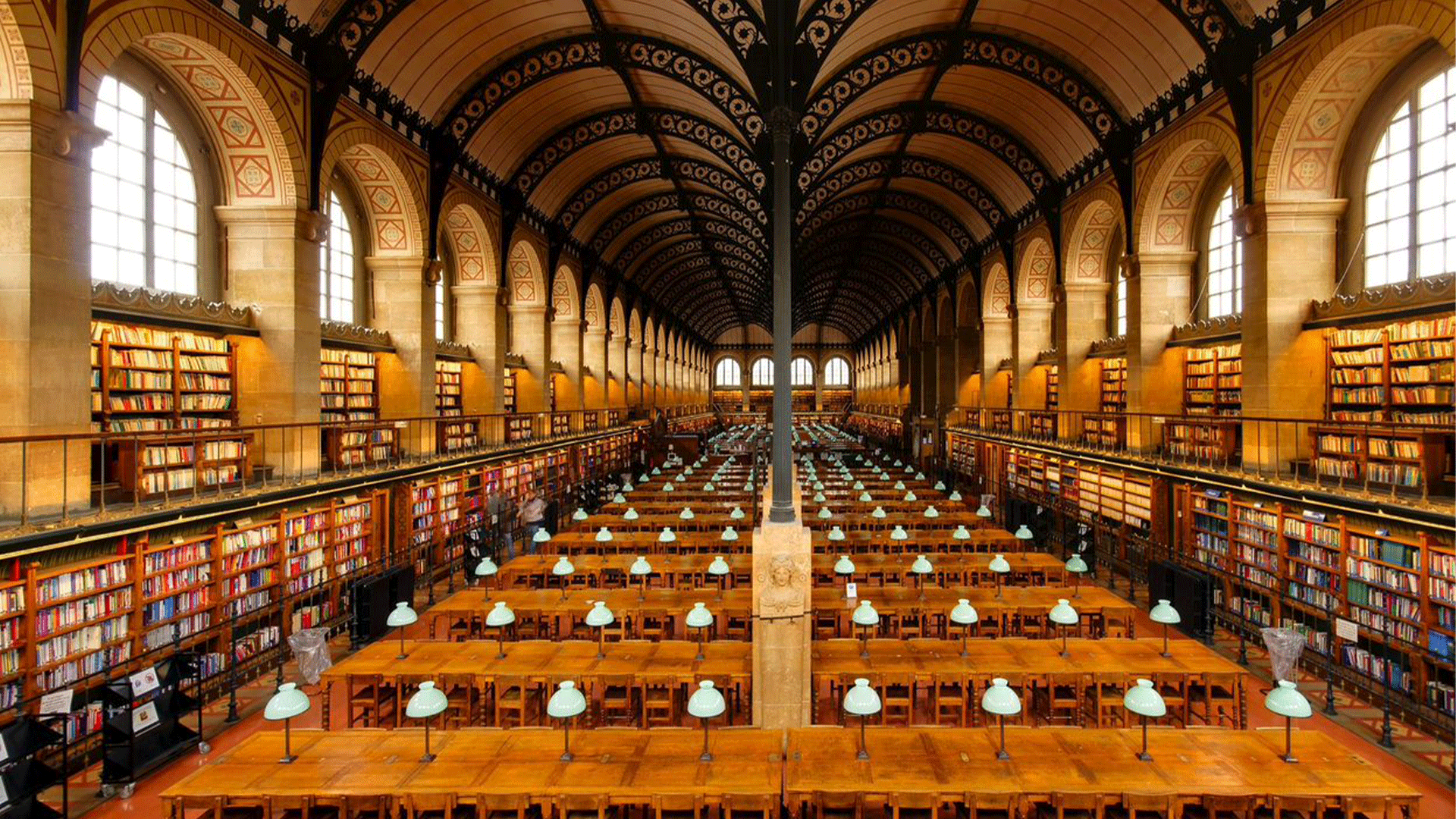
Madrid’s “White Towers”
In a relatively low-rise city like Madrid, this building’s circular grey stacks at rstmight look jarring. But local Andrea worked nearby for three years and grew accustomed and even learned to love them. In fact, when it was built in 1968 during Franco’s regime, Torres Blancas and its 81m and 23 storeys represented the height of cutting edge design.
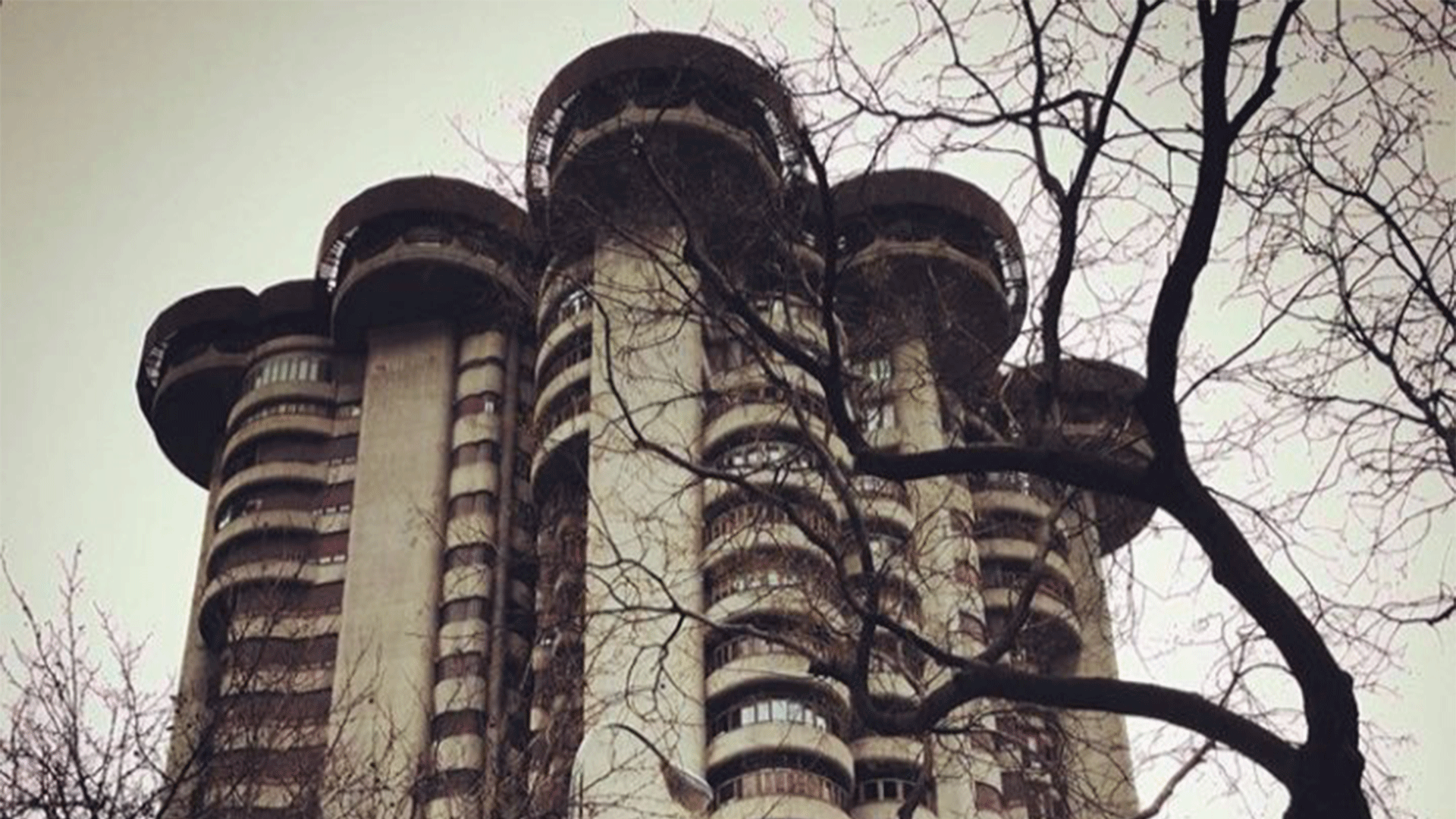
Step inside Blade Runner in Rome
You might associate Rome with ancient buildings that span millennia, and generally you’d be right. But you don’t have to like science fiction movies to appreciate how cyberpunkish the vibe under Tangenziale Est, along Via dello Scalo Di San Lorenzo is, and especially at Porta Maggiore. Walking below the causeways is extra sombre after a rainy day, when there are big drops falling beside you from the streets above.

Budapest’s fairytale quarter
Named after the Hungarian prime minister who had the original idea, this city inside the city was designed in the early 20th century as a livable area for local workers in Budapest. Today, Wekerle Estate is a fully equipped, tree-lined, medieval-inspired “village”. There are different “garden squares”, and walking around them will make you feel like you’re in a Hungarian village in Transylvania, especially if you visit in autumn.
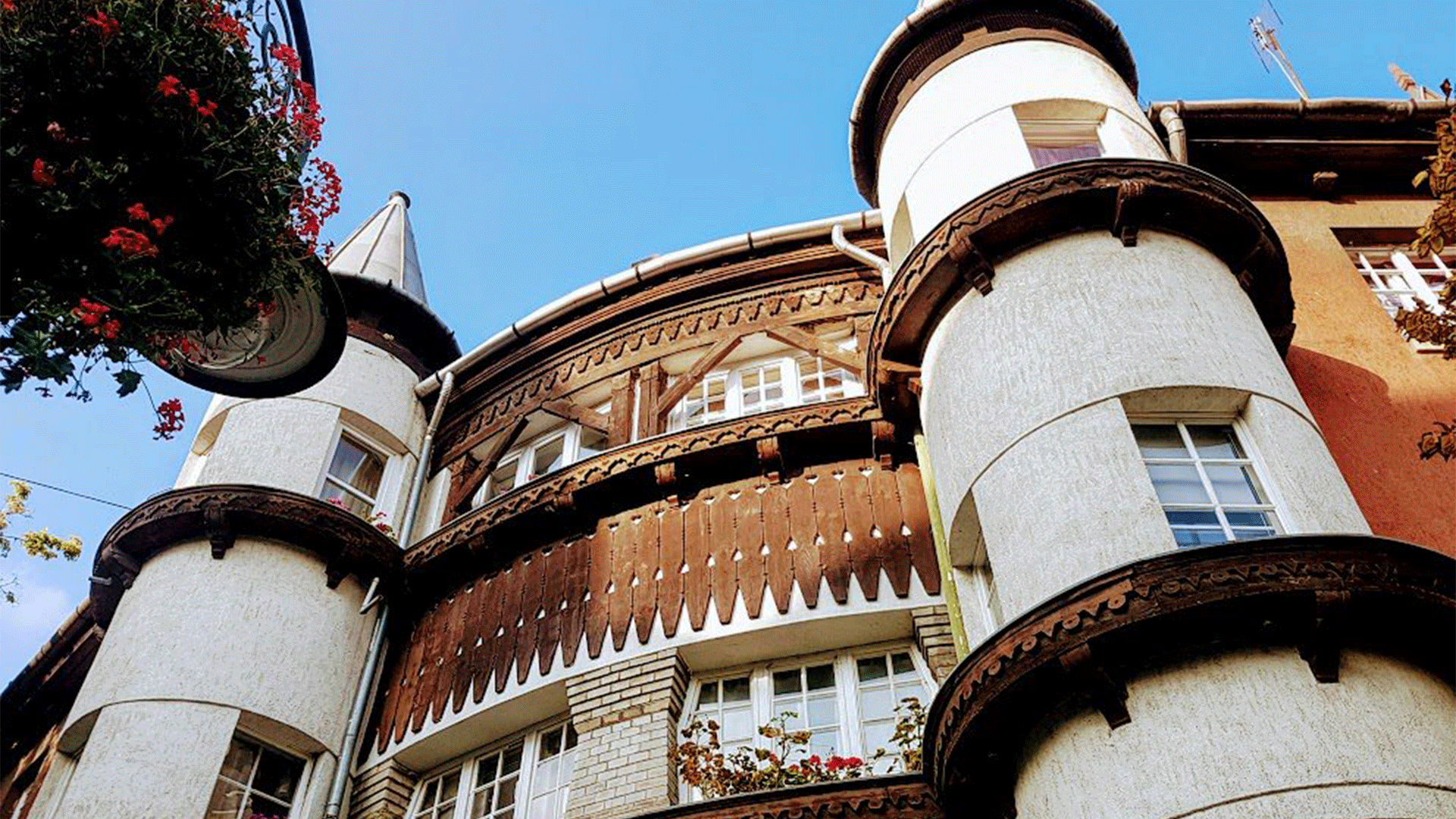
An accidental monument to futility in Rotterdam
In a neighbourhood outside Rotterdam lies Vierkant Eiland in de Plas (“Square Island in the Pond“ - affectionately named “the Vomit Bowl” by locals), a monument constructed at the point that was once measured to be the Low Countries’ very lowest, at 7 metres below sea level. Its completion turned out to be hugely expensive - meanwhile, it was discovered that the measurements had been wrong and that the actual lowest point was in fact a few kilometres farther east. “It’s a reminder of the vanity of all effort”, notes local Michael.
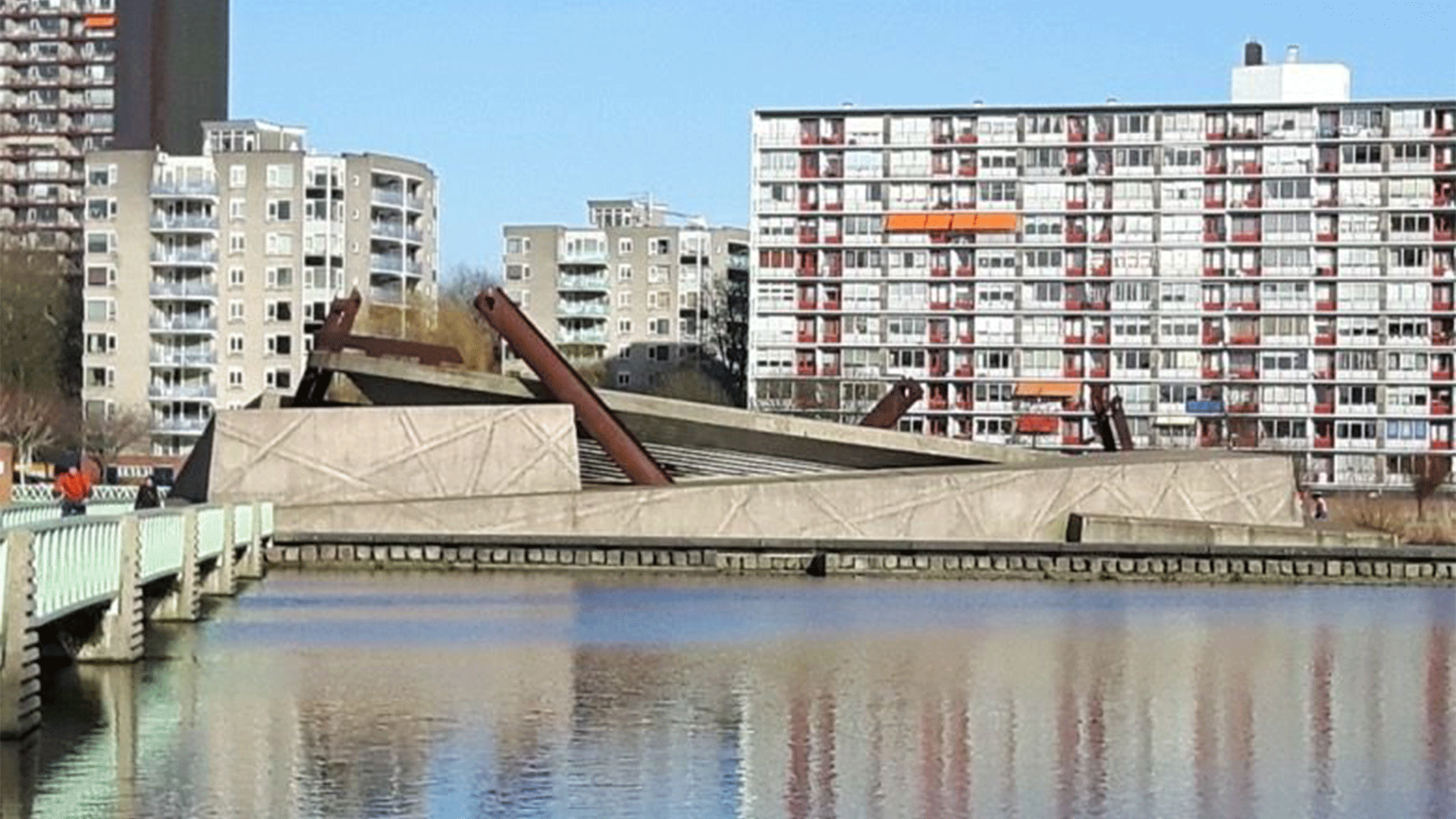
The quirkiest church in Ljubljana
St. Michael’s Church must be one of renowned Slovenian architect Jože Plečnik’s most impressive creations. Built between 1937 and 1940, its construction was limited by a tight budget, and it’s said that some local farmers had to donate wood in order for it to be completed. Still, as is plainly visible, Plečnik’s creative vision wasn’t hindered. The impressive wooden interior is only open to visitors on weekends by appointment.

A brutalist church in Vienna
Wotruba Church was designed by architect Fritz Wotruba in 1976. For church-goers this is a place of solitude and spiritualism, while artists treasure this as a gem of brutalist abstract art – a pile of 152 blocks with no apparent symmetry somehow creating a harmonious whole. The building is located relatively far from the city centre, but is worth a visit. Aside from the viewing pleasure (and photo ops), there are parks as well as an open-air planetarium nearby.
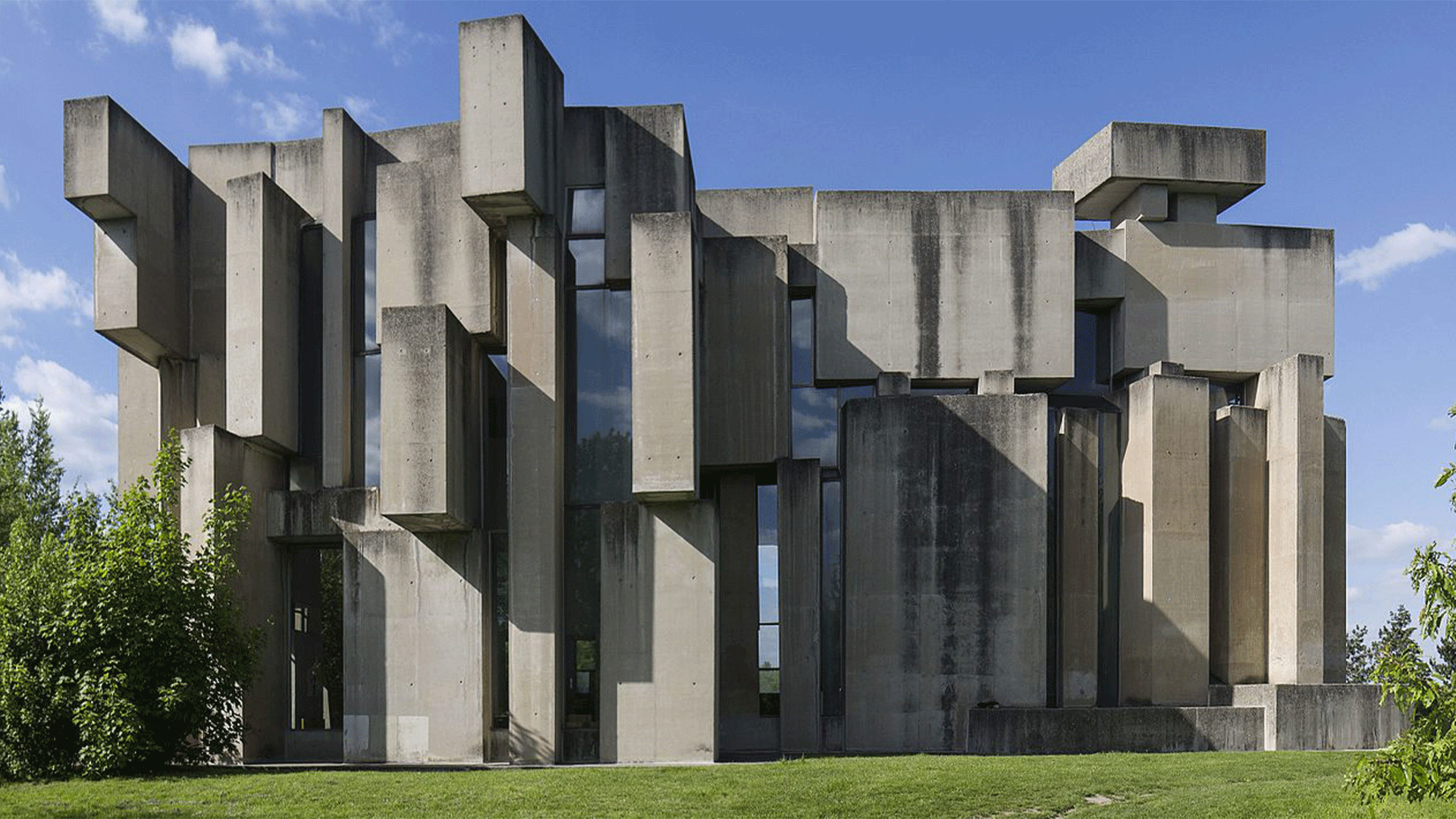
Malmö’s other tower
Malmö’s skyline is dominated by the impressive Turning Torso (see header image), but Hyllie Vattenpark is not far behind. This large 62-metre-tall water tower that resembles a parked UFO marks the spot of a water playground for all the family, with 8 stations that show how water can be used and the intricacies of hydrodynamics. Activities and attractions include channels, pipes, a “water workshop” and even a surprise fountain.
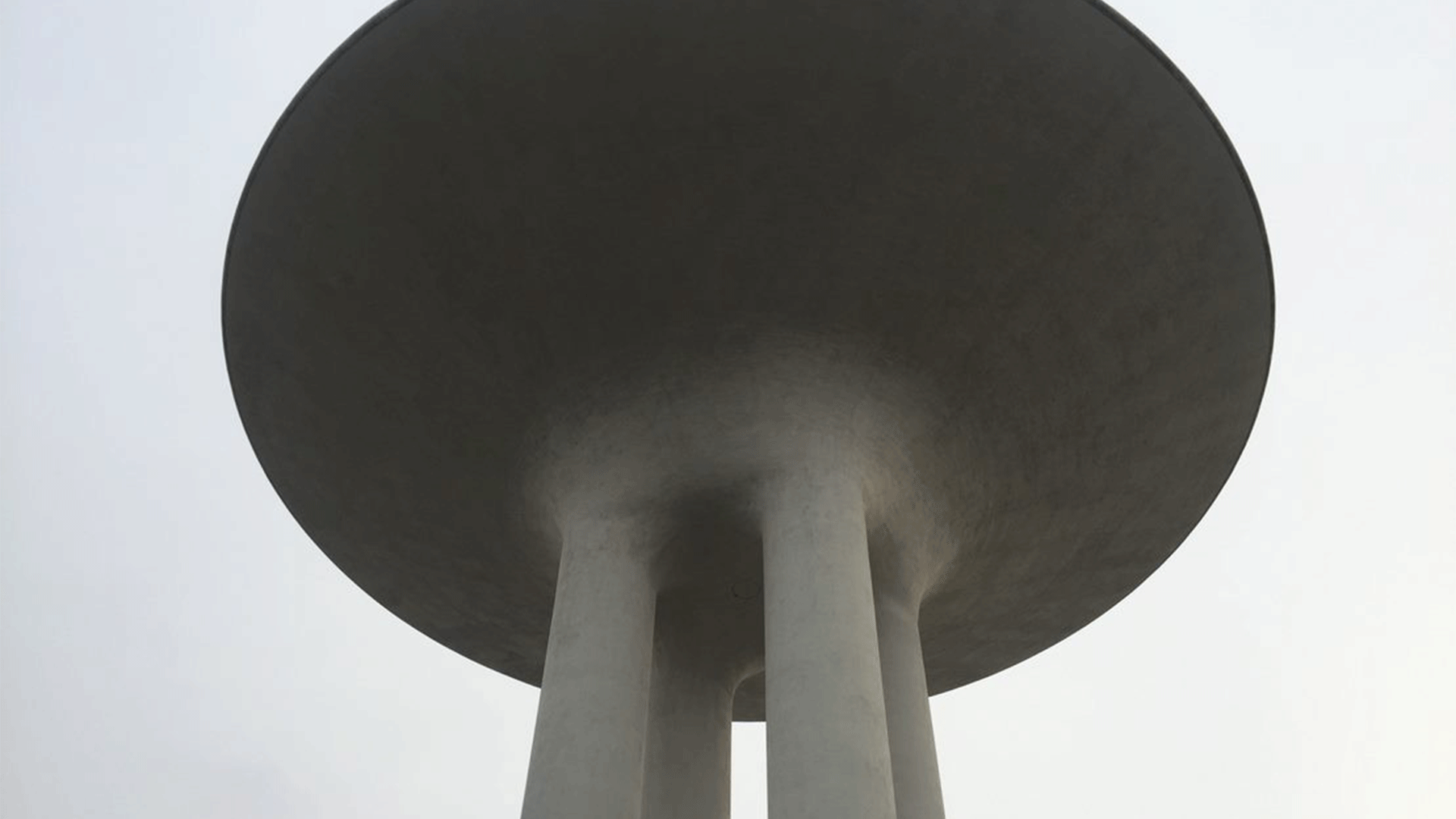
A straight forward advertisement in Copenhagen
In this otherwise architecturally mundane area of Copenhagen you’ll find an ordinary beer bottle - only about a hundred times larger than usual. The 26-metre-tall Tuborgflasken was built back in 1888 when emblematic Danish beermaker Tuborg sold its first bottle of beer. Despite its age, it is well preserved and gives smiles to the people passing it by. If you’re lucky, you might even find the door at its base unlocked...

Gaudi meets the Smurfs in Geneva
Built between 1982 and 1984 by three architects working together and inspired by Gaudí and actual Smurf houses, these colourful residences today house around 750 families. The Immeubles Schtroumpfs complex doesn’t lack in amenities, with services including a dental clinic and a kindergarten, all surrounded by trees and playgrounds. Local András loves taking people visiting him in Geneva to this bit of “organized chaos”, as he calls it.
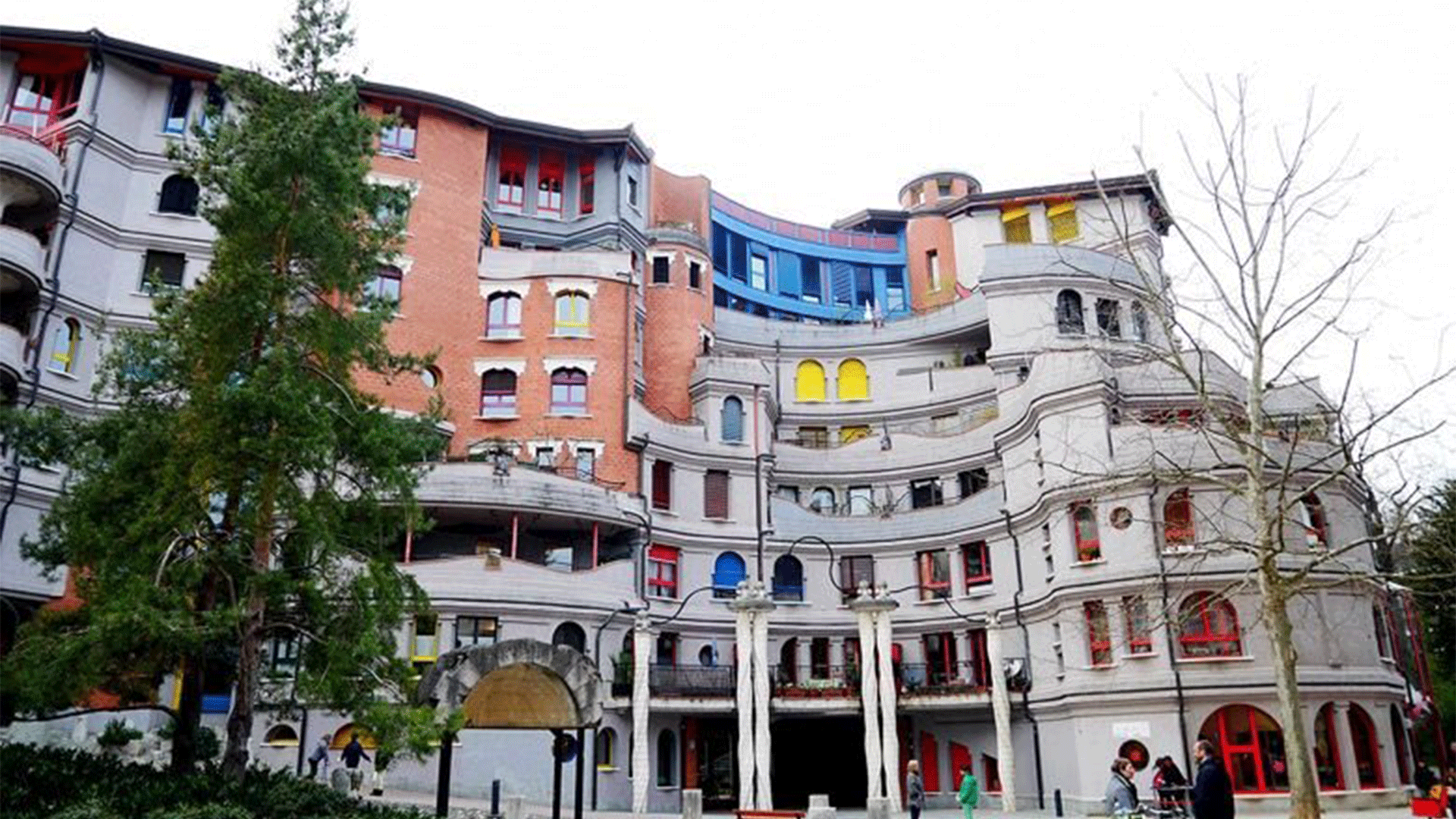
You might like this as well:
-
![rumania-bucharest-buildings-colors]() Where The Locals Go In Bucharest Want to know where the Bucharest locals go? When in Romania, head to Bucharest by train to check out these hidden treasures.
Where The Locals Go In Bucharest Want to know where the Bucharest locals go? When in Romania, head to Bucharest by train to check out these hidden treasures. -
![austria-vienna-street-musicians-kid]() Where The Locals Go In Vienna Want to know the best things to do in Vienna to feel like a local? Here's a list of less predictable activities for a more authentic experience in Austria's capital.
Where The Locals Go In Vienna Want to know the best things to do in Vienna to feel like a local? Here's a list of less predictable activities for a more authentic experience in Austria's capital.
Change of currency
You cannot change the currency once you have a Pass in your cart. Remove the Pass, and then change the currency on the website header.
